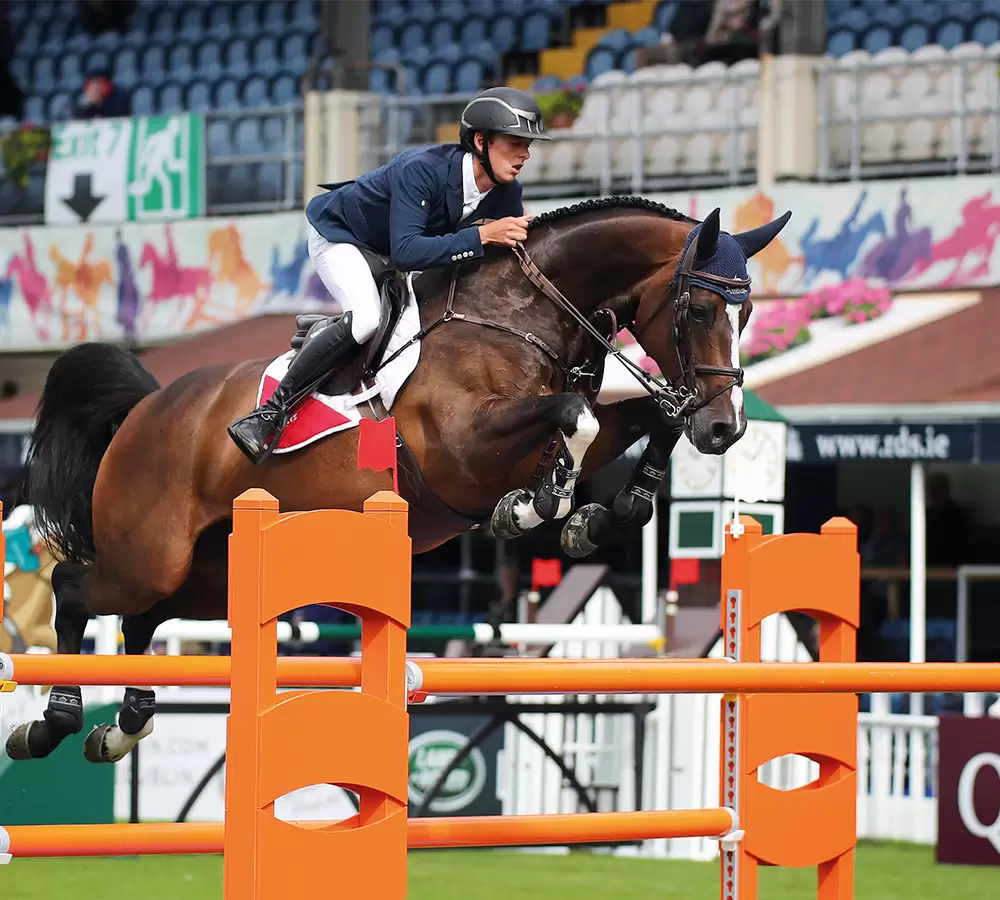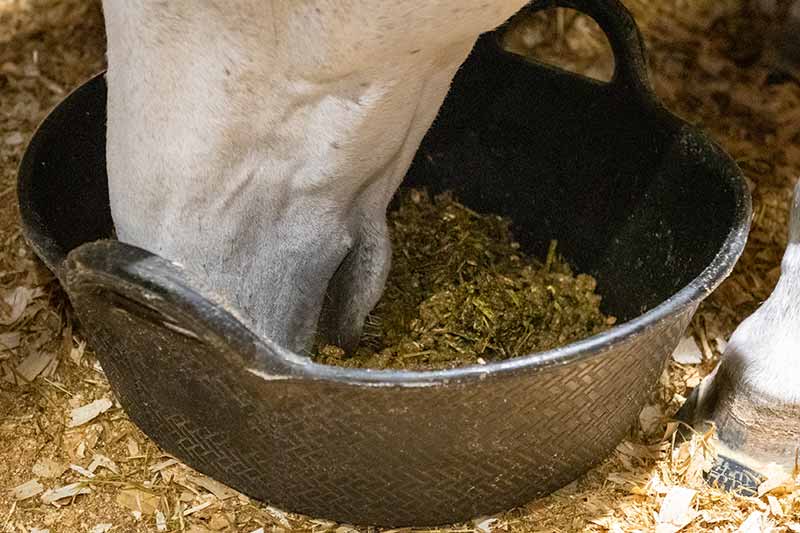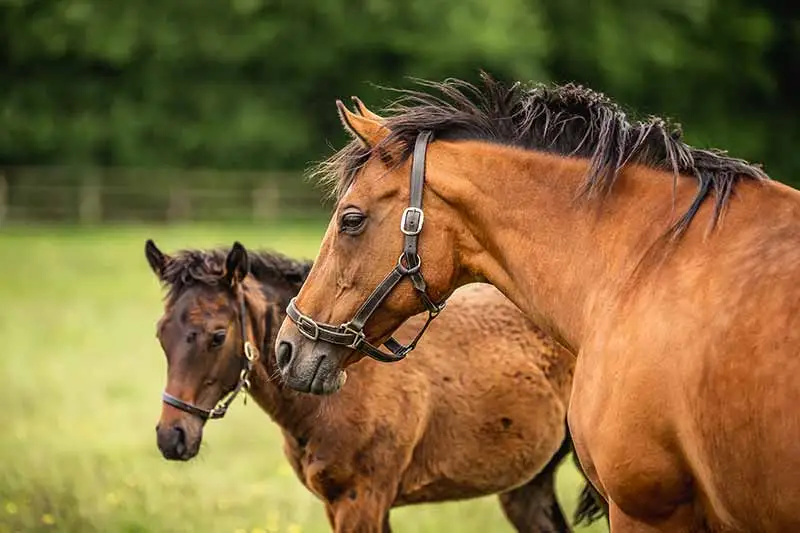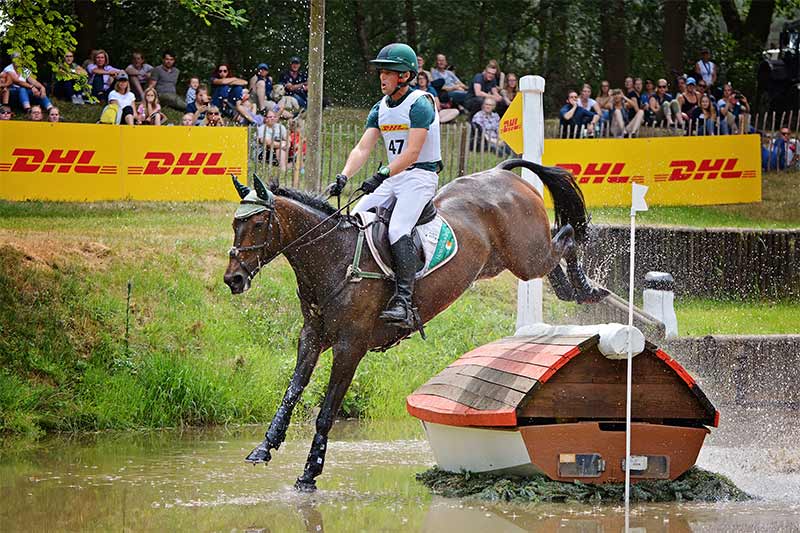
Previously known as chronic obstructive pulmonary disease (COPD), and often referred to as heaves or equine asthma, RAO is a common respiratory problem. It is typically seen in older horses and can require careful management to try and ease the symptoms in affected horses.
What is recurrent airway obstruction (RAO) in horses?
RAO is an inflammatory respiratory problem caused by environmental allergens such as pollens, dust or fungal spores. An affected horse’s airway becomes narrowed (bronchospasm) and produces excess mucus in response to these allergens. RAO is most commonly seen in stabled horses where mould and dust can be found in bedding and hay. However, some horses have an allergy to pollens and are therefore affected more when pollen counts are high. This is often known as summer pasture associated RAO.
What are the signs of RAO in horses?
The signs of RAO can be variable – ranging from poor performance to difficulty breathing. Things to look out for include:
– Increased respiratory rate (>12 breaths per minute at rest)
– Forcefully breathing out or double expiration
– “Heave” line along the bottom edge of the ribs
– Chronic cough
– Reduced exercise tolerance/performance
– Increased mucus
– Wheezing
– Nostril flaring
If your horse is having difficulty breathing, you should phone your vet immediately.
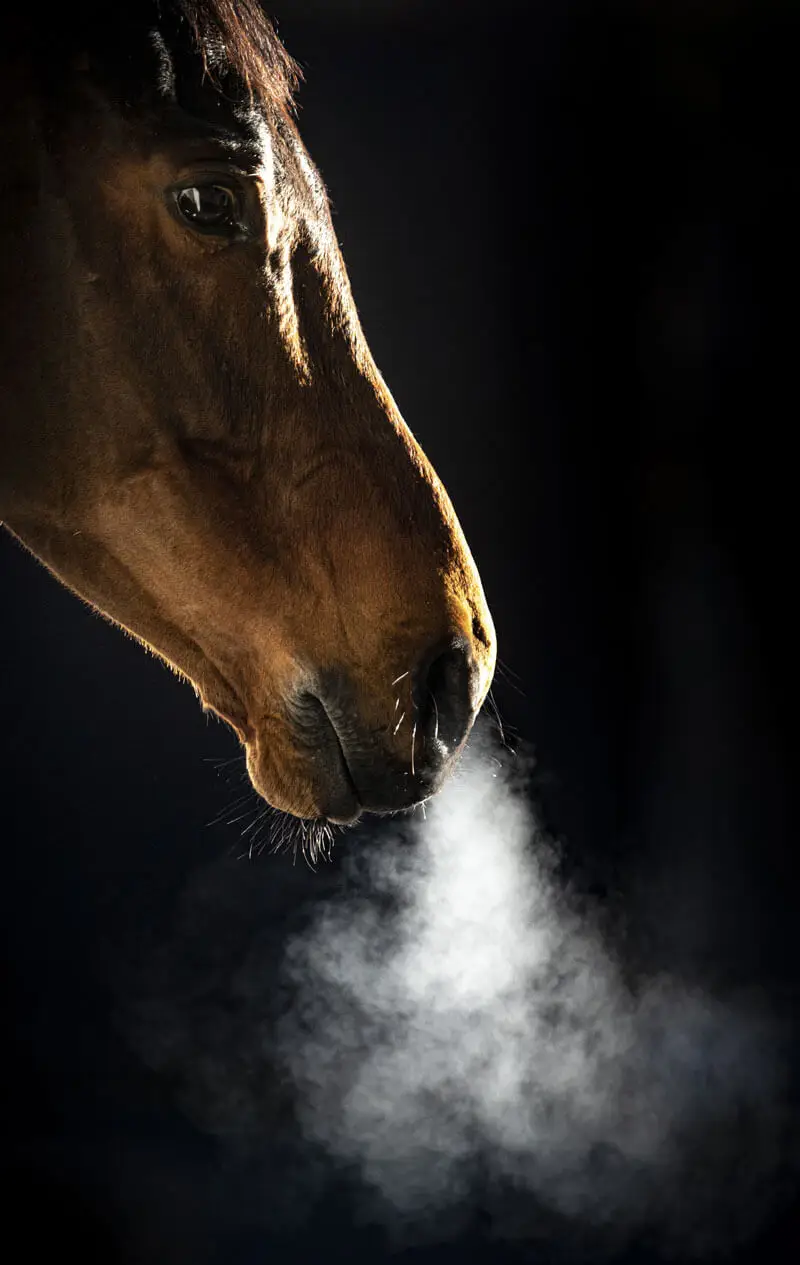
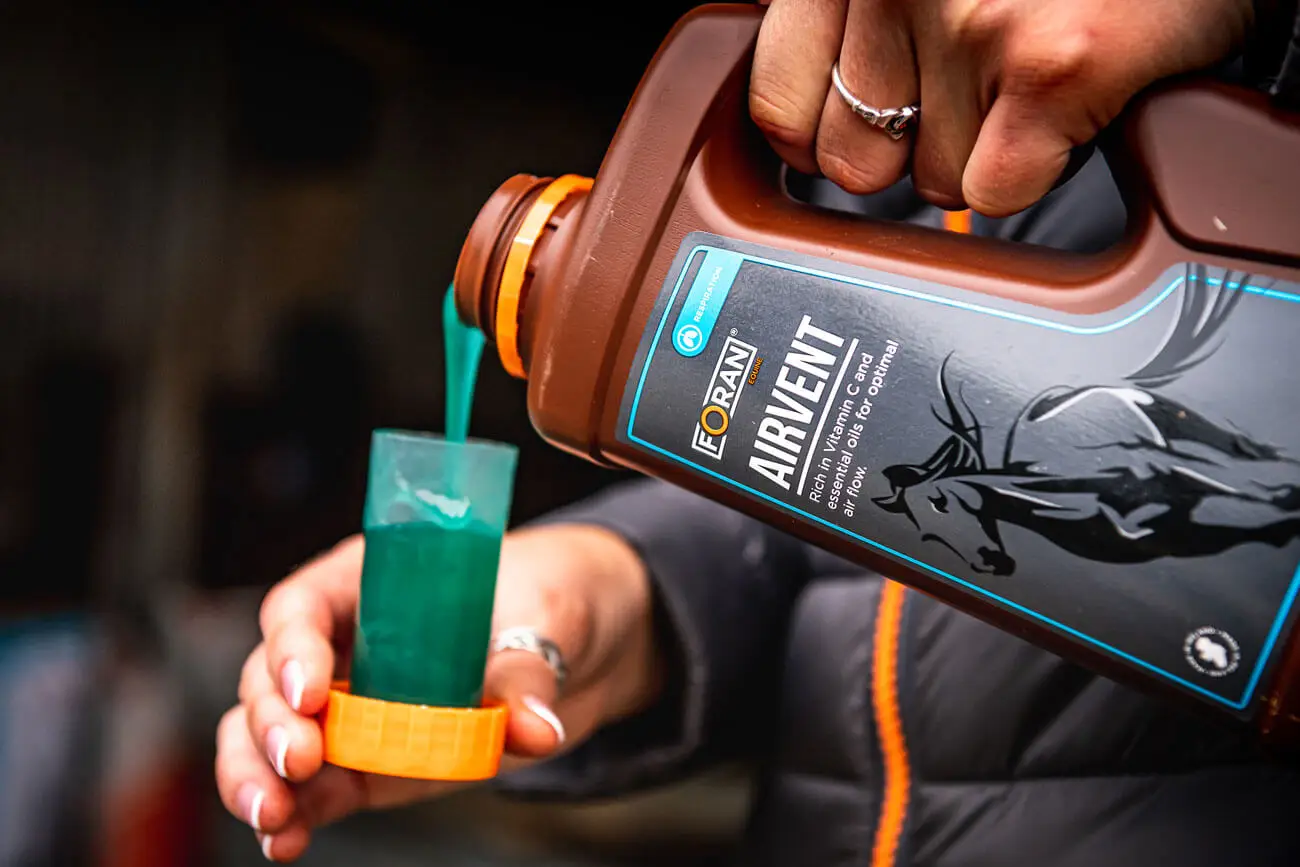
How will my vet diagnose RAO in my horse?
Your vet will be able to diagnose RAO from a combination of your horse’s history and a thorough examination. In some cases, further testing such as blood tests, endoscopy and a lung wash (bronchoalveolar lavage, or BAL) may be required and may help to rule out other respiratory problems. The clinical signs of RAO are fairly non-specific and can also occur with other diseases.
Read more about other respiratory problems that can cause coughing in horses.
Can RAO in horses be treated?
Once established, RAO is a lifelong condition, but there are steps you can take to help ease the symptoms in your horse. The most successful solution for RAO associated with stabling is to eliminate the cause by turning affected horses out to pasture full time.
Where this is not possible mould and dust must be removed from the horse’s stable environment using steps such as:
- Dust-free bedding
- Mould free forage
- Soak hay, by immersing it in water for one hour or use a hay steamer
Your vet may prescribe medications such as bronchodilators to help open your horse’s airway, and/or corticosteroids to help reduce inflammation in long-term cases. Delivery of either of these drugs via an inhaler is possible – your vet will be able to advise. Bronchodilators and corticosteroids, however, are not suitable for use in competition horses.

Nutritional supplements designed to support the respiratory system by loosening mucus, opening up the airways and help irritating coughs, may be beneficial.
Airvent Syrup & Gel contains Vitamin C to help maintain immune and respiratory function, naturally soothing honey, with peppermint and eucalyptus to help open the airways. Honey C is a palatable syrup that combines the natural soothing effect of honey with the powerful antioxidant Vitamin C, to help maintain immune and respiratory function, plus thyme, liquorice, and horehound – herbs that are all renowned for supporting respiratory health.
Summer pasture-associated RAO will require different management, as these horses will be worse when turned out at certain times of year.
What is inflammatory airway disease (IAD)?
Inflammatory airway disease is usually seen in young horses during exercise. Affected horses show poor performance and exercise intolerance with an intermittent cough. They breathe normally at rest (unlike horses with RAO). It is also thought to be allergy related, so taking similar management steps may help these horses.
If you have any queries on this issue or any other problems you may be having with your horse please who will be happy to help you.
